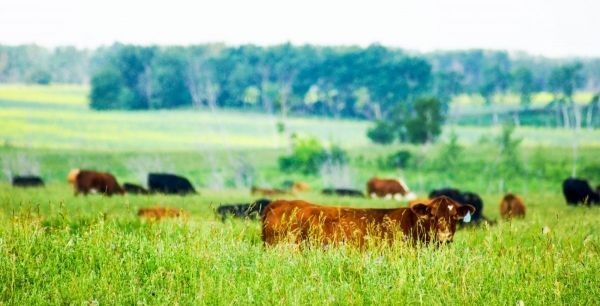Measuring the complete environmental footprint of that beef burger sizzling on the grill is complicated. For that beef to get to your backyard barbecue, yes, greenhouse gases were emitted, but carbon dioxide was sequestered into the soil. That burger may also have protected a natural landscape, provided crucial refuge for endangered birds and boosted biodiversity in as-yet-unknown ways.
The pros and cons of beef production and products confound consumers but this article will not delve into nutritional debates. Instead, it will try to tell a larger story about environmental issues eco-conscious consumers should consider.
Usually, only the environmental downsides of beef production receive attention. Plant-based meat alternatives such as Beyond Meat understandably focus on this in their marketing: “Our belief is that the best way to get people to eat less meat is by giving them what they love…without so many of the health, sustainability, and animal welfare downsides of a traditional animal-based burger,” the company writes on its website’s FAQ page. (Please note, this article’s writer regularly buys and eats both beef burgers and Beyond Meat patties.)
“How can you compare beef production to pea or soy farming [which are used in veggie burgers] in meaningful ways,” wonders Kim Ominski, a professor and associate head of the department of animal science who studies cattle production in agricultural ecosystems.
Continue reading at University of Manitoba
Image via University of Manitoba


